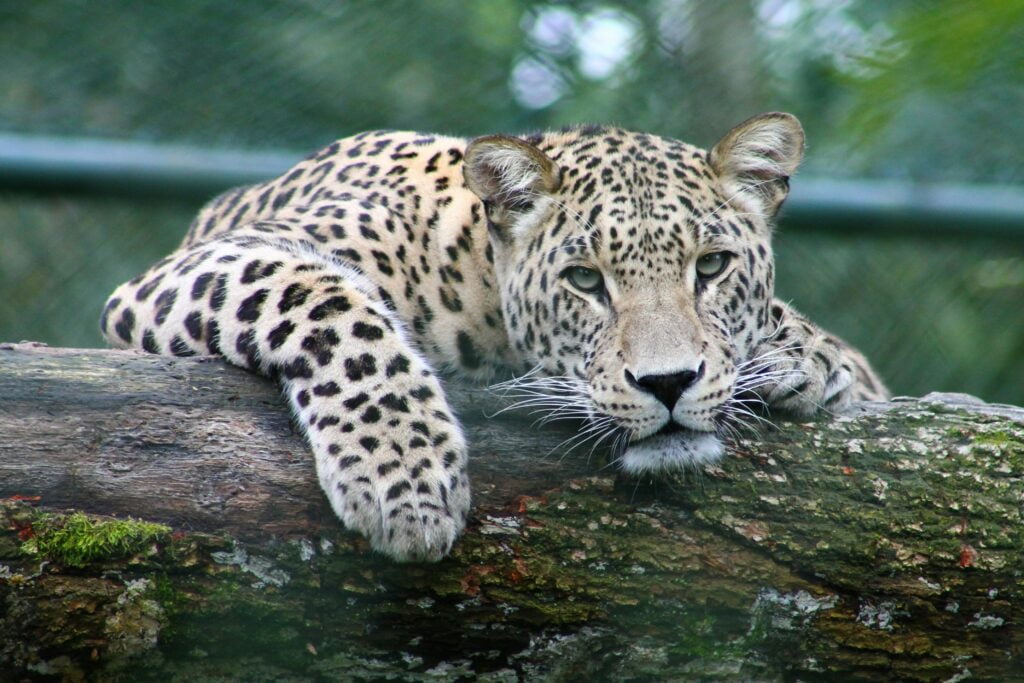
INTRODUCTION
In 1750 the geographic range of the leopard (Panthera pardus) the big cat or forest predator spanned nearly the whole of Africa south of the Sahara, as well as parts of north and northeast Africa, and extended from Asia Minor through Central Asia and India to China and Manchuria. By 2019 the species had lost up to 75 percent of its former range.
THE SIZE AND WEIGHT OF LEOPARD
In 1750 the geographic range of the leopard (Panthera pardus) or the big cat, spotted predator or the forest predator spanned nearly the whole of Africa south of the Sahara, see also https://en.m.wikipedia.org/wiki/indian_leopard as well as parts of north and northeast Africa, and extended from Asia Minor through Central Asia and India to China and Manchuria.
The leopard(Panthera pardus) varies greatly in size and markings. The average size is 50 to 90 kg (110 to 200 pounds) in weight, 210 cm (84 inches). The big cat can, however, grow much larger. The ground color is typically yellowish above and white below. The leopard’s Dark spots are generally arranged in rosettes. However, the ground color within the rosettes is sometimes a darker yellow, and the size and spacing of the spots vary greatly. several races of leopard have been named as a result of these differences in pattern.
HABBITATE
The leopard is a solitary animal of the forest and is mainly nocturnal in habit. Furthermore, It is an agile climber and frequently stores the remains of its kills in the branches of a tree. The spotted predator feeds upon any animals it can overpower, from small rodents to water buck. Additionally, leopards appears to have a special liking for dogs as food. It sometimes takes livestock and may attack human beings too. See also https://okwyblogs.com/index.php/2024/05/19/the-nworie-pythonthe-nworie-river-python-deity-sacred-beliefs-and-natural-wonders/
REPRODUCTION
The female leopard or forest predator produces two to four cubs after a gestation period of about three months. The calls of the leopard vary and include a series of harsh coughs, throaty growls, and deep purring sounds. The animal takes to water readily and is a good swimmer.



